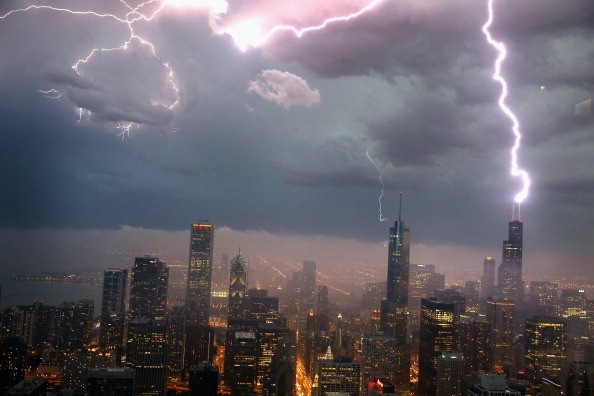
Natural disasters can occur without warning and with devastating effects. Even when a natural occurrence can be predicted, there’s nothing that can be done to stop it. These disasters have been known to wipe out entire cities. Remember Pompeii? It was destroyed when Mount Vesuvius erupted in 79 A.D. and buried it under twenty feet of ash. It may have happened long ago, but Vesuvius is still active today. We may know enough to get out of the way if a volcano erupts, but disasters can still catch us unaware. A natural disaster is considered to be any cataclysmic event caused by nature or the earth’s natural processes resulting in property damages, economic losses, injuries, and loss of life.
These losses can reach into the millions of both number of lives lost and amount of damage done. Besides volcanic eruption, other examples include floods, hurricanes, tornadoes, wildfires, earthquakes, droughts, and tsunamis. These are the most frequent disasters, but there are many others as well. Since the beginning of time, natural disasters have played a role in changing our world. Many happened before recorded history, so we will never know what devastation and tragedy some of our ancestors faced. Since disasters have been recorded, there have been every kind of natural catastrophe that can come to mind. These are 20 of worst natural disasters in history.
(Photo by Scott Olson/Getty Images)
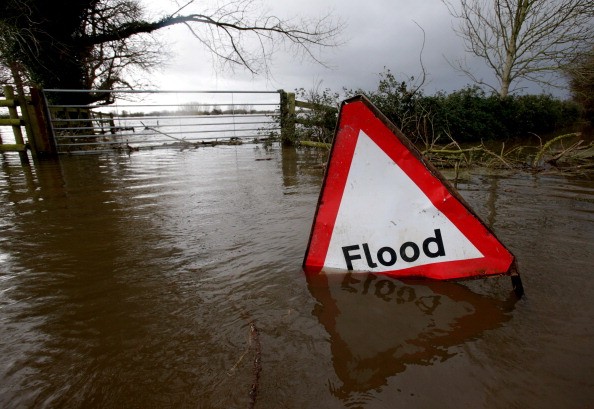
1931 Yangtze River Flood
Referred to the 1931 China Floods or 1931 Yellow River Floods, this series of disastrous floods caused the death of millions of people and is considered by most to be the worst natural disaster in history. The Yangtze River runs through one of the most inhabited locality on earth. In April 1931, the rain began to fall in excess, causing above-average precipitation. Then when the rain began again in July, it didn’t take long for the already full river to start overflowing. Many were driven from their homes and rice fields were swamped, leaving nothing to eat. While an exact number is not known, it is estimated that between one and four million died due to starvation and diseases, such as typhoid and dysentery.
(Photo by Matt Cardy/Getty Images)
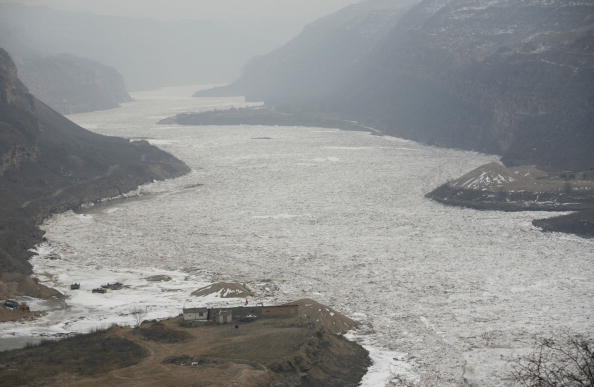
1887 Yellow River Flood
This flood happened along the Yellow River, or the Huang He. This river is referred to as “China’s Sorrow”, having overflowed almost sixteen thousand times over the last four thousand years. The 1887 flood was the worst. After centuries of rebuilding and repairing embankments constructed to prevent the river from overflowing, the river was already seventy foot higher than the surrounding land. When torrential rains poured down all summer long, the embankments couldn’t hold the river back any longer, and it crashed and rolled over hundreds of villages, several major cities, and millions of people. Survivors were then ravaged by starvation and diseases, bringing the death toll to between 900 thousand and two million.
(Photo by China Photos/Getty Images)
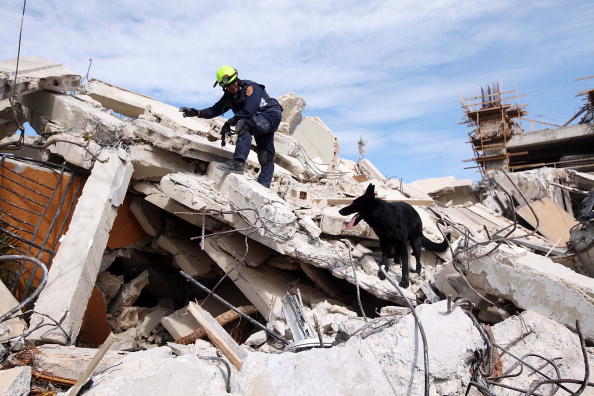
1556 Shaanxi Earthquake
On January 23, 1556, a massive earthquake heaved through the Shaanxi Province in Northern China. It is estimated that this colossal quake would have registered an 8 magnitude on the Richter scale and is believed to be the deadliest in history. The estimated death toll of 830 thousand is thought to have reduced the population by well over half. The earthquake lasted mere seconds, but it managed to level entire mountains and change the course of rivers, causing major flooding as well.
(Photo by Joe Raedle/Getty Images)
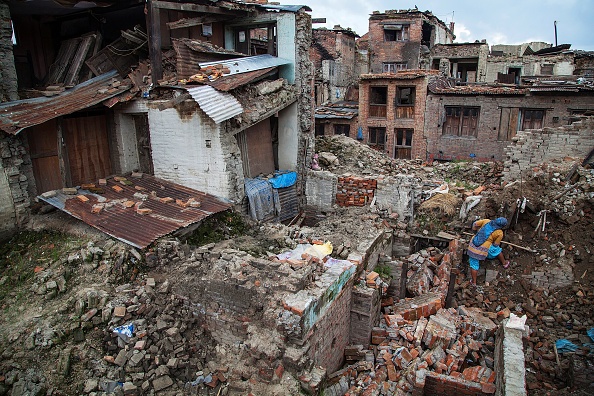
1976 Tangshan Earthquake
Occurring on July 28, 1976, the Tangshan Earthquake, also known as the Great Tangshan Earthquake, is believed to be the deadliest earthquake of the twentieth century. Because the number of deaths are in question, the total loss is estimated to be between 255 and 655 thousand. Erring on the side that claims the lower estimate is limited to Tangshan only and excludes the outer laying areas which were densely populated, the total is more likely closer to the higher estimate. In addition to the 7.8 magnitude earthquake, there was also an aftershock registering 7.1 magnitude that caused even more death and destruction to the already broken area.
(Photo by Omar Havana/Getty Images)
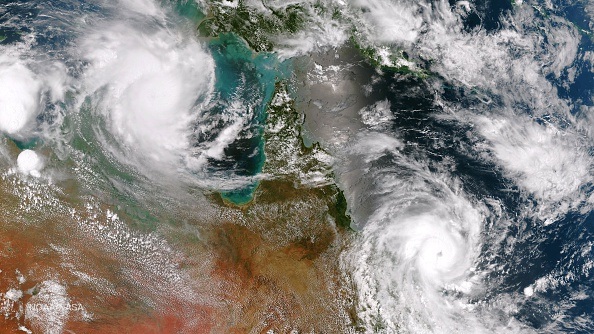
1970 Bhola Cylcone
The sixth and worst cyclone to hit the North Indian Ocean in 1970, on November 12, The Bhola Cyclone devastated East Pakistan (modern-day Bangladesh) and India’s West Bengal. Remaining the number one deadliest tropical cyclone ever recorded, it is also one of worst natural disasters ever, claiming 500 thousand lives. These lives were lost due directly to the cyclone and the resulting storm surge. As the region was ill-prepared, many villages destroyed and crops wiped out, leaving those who did survive displaced and starving. Because of this, the cyclone can add 86.4 million dollars in damage to it’s already massive death toll.
(Photo by NOAA via Getty Images)
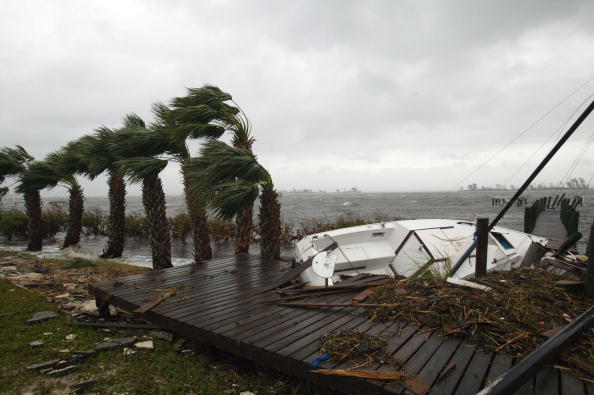
1839 Coninga Cyclone
Being especially prone to cyclones*, India has had over three hundred just in the last century. The one that hit the port city of Coninga on November in 1839, however, is on of the most deadly ever recorded. The cyclone wiped out the entire harbor city, along with 300 thousand residents. In addition to obliterated the city, the port was also destroyed, along with 20 thousand ships and vessels, taking with it the livelihood of the harbor town. The city has never been rebuilt.
*Cyclone, hurricanes, and typhoons are all the same weather phenomenon named differently in particular parts of the world.
(Photo by Joe Raedle/Getty Images)
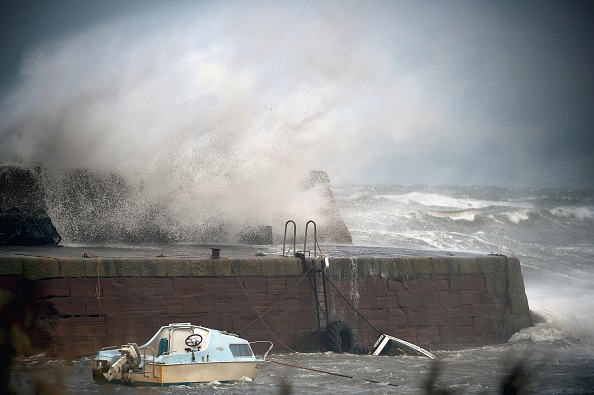
1737 Calcutta Cyclone
Often referred to as the Hooghly River Cyclone, this cyclone hit early morning on October 11, 1737 near Calcutta, India. Although there’s not a lot of information about this particular cyclone, it is reported that 300 thousand people were killed. The storm that brought they cyclone dumped 15 inches of rain in just six hours, also causing major flooding that washed away the majority of structures, some with people still inside. It is also reported that some of the deaths were due to poor construction of buildings and homes, but the cyclone still can claim the responsibility for the deaths and damaged attributed to the storm. This is why Construction Vibration Monitoring is needed in new constructions to avoid weak building structures.
(Photo by Jeff J Mitchell/Getty Images)
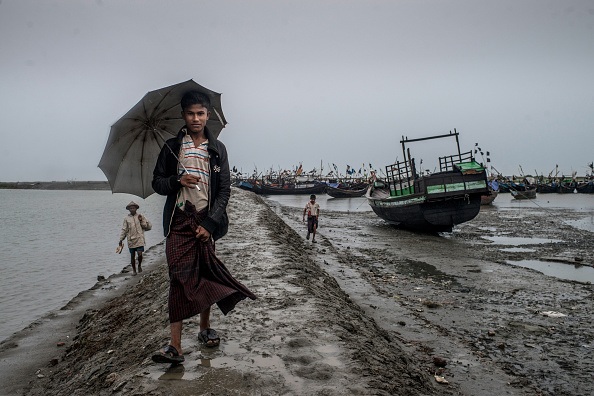
2004 Indian Ocean Earthquake
Occurring on December 26, 2004, this earthquake resulting in a tsunami, seemed to move heaven and earth with a magnitude of between 9.1 and 9.3. Also known as the Sumatra-Andaman Earthquake, it’s epicenter was off the coast of Sumatra, Indonesia and it triggered a series of devastating tsunamis up and down the coast. Indonesia was the hardest hit, but Sri Lanka, Thailand, and India were also affected by its destructive forces, killing between 230 and 280 thousand people in 14 countries. Coming in as the third largest earthquake ever recorded by a seismograph, it not only triggered smaller earthquakes as far away as Alaska, but it also caused the entire planet to vibrate!
(Photo by Jonas Gratzer/Getty Images)
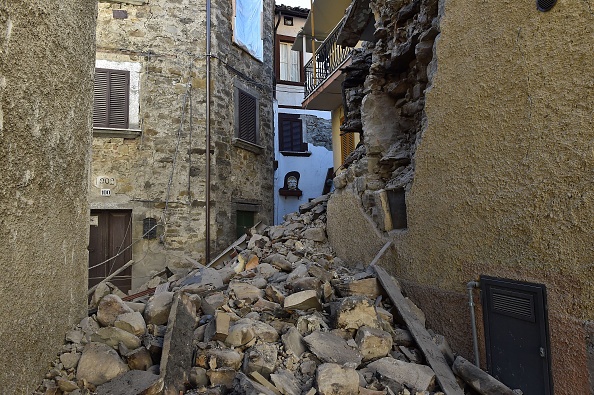
1920 Haiyuann Earthquake
This 1920 earthquake, taking place in China in the Ningxia Provence, shook up Haiyaun County on December 16. It is also referred to as the 1920 Gansu Earthquake because Ningxia had been part of Gansu Provence when the earthquake happened. Rating a 7.8 on the Richter scale, the quake was followed by a series of aftershocks that lasted for three years. Causing almost total destruction in some areas, landslides buried entire villages and nearly all buildings and homes collapsed. The death toll is somewhere between 200 and 275 thousand. The reason for the discrepancy is partial due to the fact there were so many casualties after the initial quake that froze to death. Those remaining were too frightened by the aftershocks to build shelters.
(Photo by Giuseppe Bellini/Getty Images)
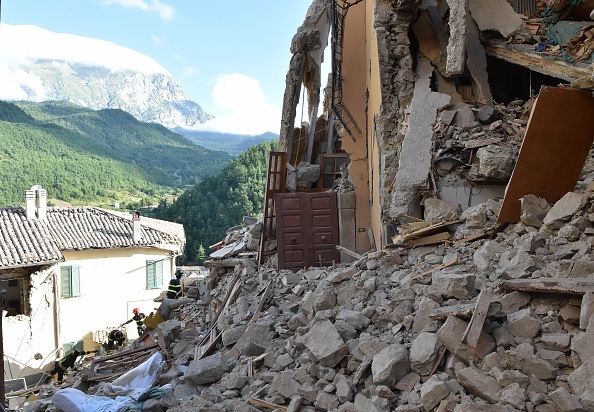
527 Antioch Earthquake
This earthquake goes way back into history, hitting Syria in the Byzantine Empire in 526. Although the exact day is unknown, it is speculated that it occurred between May 20-29. The quake can stake claim to approximately 250 thousand lives and was followed by a massive fire that burnt down all the remaining buildings left standing after the earthquake. It is estimated that the Antioch Earthquake hit about 7.0 magnitude and it’s aftershocks lasted for more than 18 months. It is reported that the death toll may have been closer to 300 thousand due to vacationers visiting for Ascension Day not being considered. (Ascension Day commemorates Christian belief that Jesus ascended unto Heaven.)
(Photo by Giuseppe Bellini/Getty Images)
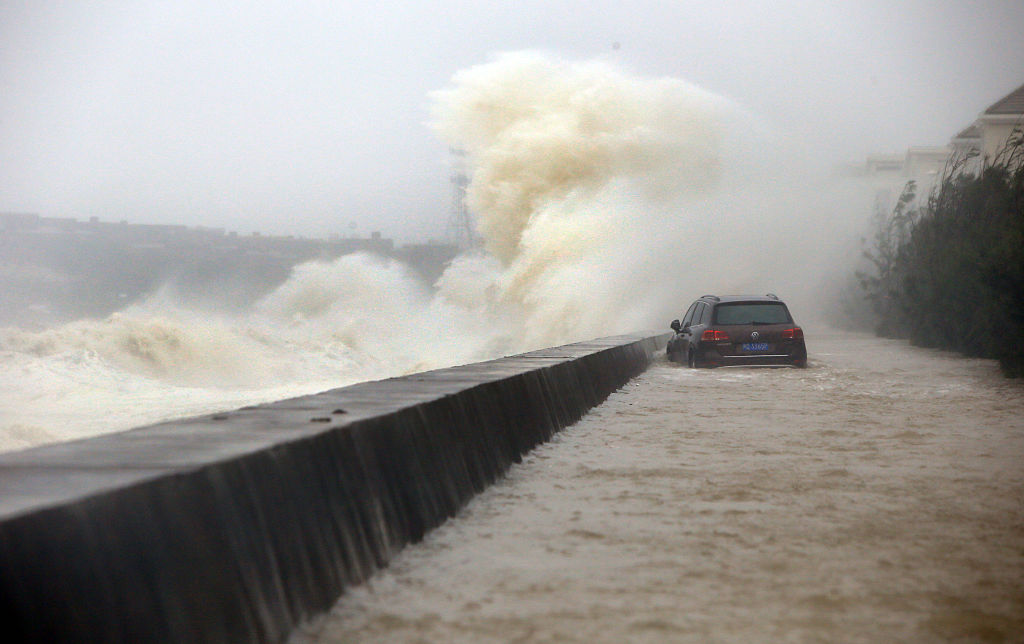
1975 Typhoon Nina
Also known in the Philippines as Typhoon Bebeng, Nina was one of the most deadliest tropical cyclones on record. Short lived, but intense, Typhoon Nina struck in August of 1975. Heavy rain cause the Banqiao Dam to collapse which lead to the death of 229 thousand people. Additionally, smaller dams also collapsed, adding even more to the destruction caused by the typhoon. Luckily, the typhoon had decreased in intensity before it hit China, sparing even more lives. Still the price tag of this devastating typhoon was a whopping 1.2 billion dollars.
(Photo by VCG via Getty Images)
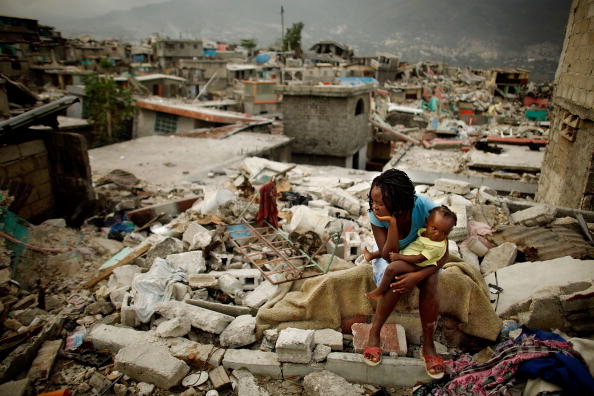
2010 Haiti Earthquake
This catastrophic earthquake with a magnitude of 7.0, occurred on January 12, 2010 with its epicenter very close to Haiti’s capital. Aftershocks, lasting two weeks and registering 4.5 and greater, (some as high as 5.9) were recorded to be numbered in the fifties. Millions of people were affected, being displaced due to the destruction and damage. The death toll varies from 160 thousand to 316 thousand, but officials believe that Haiti inflated the numbers in order to receive more aid. Over 13 billion in various aids from all over, including many other countries, was paid to Haiti. As of last year, though, almost 60 thousand residents were still homeless.
(Photo by Chip Somodevilla/Getty Images)
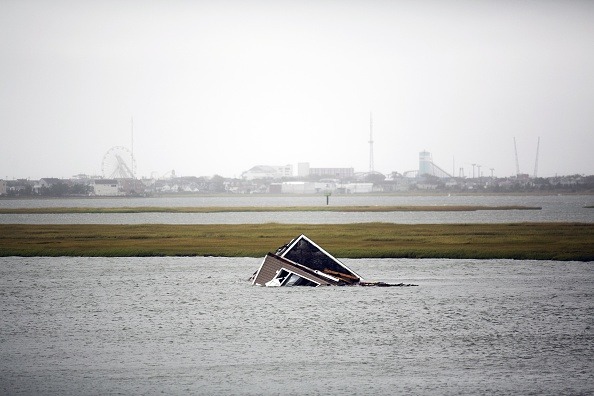
1935 Yangtze River Flood
If this river sounds familiar, it’s because it floods a lot. This time, the Yangtze River Flood of 1935 hit when China was in the middle of a decade already marked by excessive flooding, as they were still recovering from the 1931 flood, famine, and starvation. One of the top five deadliest floods to have struck in recorded history, the death toll was about 145 thousand. Millions more that had survived the initial flood,were either displaced, injured, or starving. The Yangtze is the longest river in Asia and is one of the most often flooded rivers. This devastating flood happened just four years after the 1931 flood which was the most deadly in history and the worst natural disaster, as well.
(Photo by Jessica Kourkounis/Getty Images)
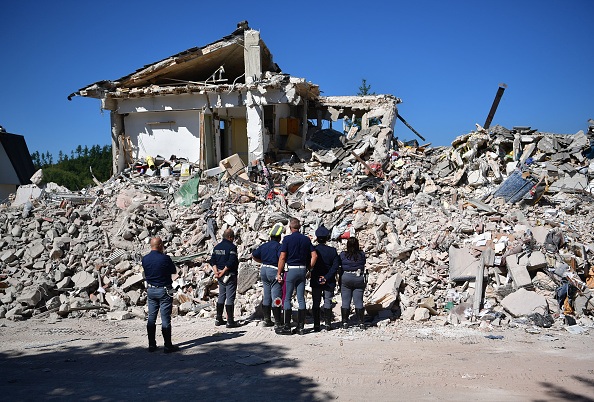
1923 Great Kanto Earthquake
The 1923 Great Kanto Earthquake struck on September 1, 1923 on the main Japanese island of Honshu. With a magnitude of 7.9, the quake is reported to have lasted between four and ten minutes. It devastated many cities including Tokyo and took a death toll of an estimated 143 thousand, a number which includes the 40 thousand the went missing and were presumed dead. Large fires also broke out due to the fact that the quake hit during lunchtime and most people were cooking. Many died because of these fires. This natural disaster was the greatest to befall Japan before the war.
(Photo by Carl Court/Getty Images)
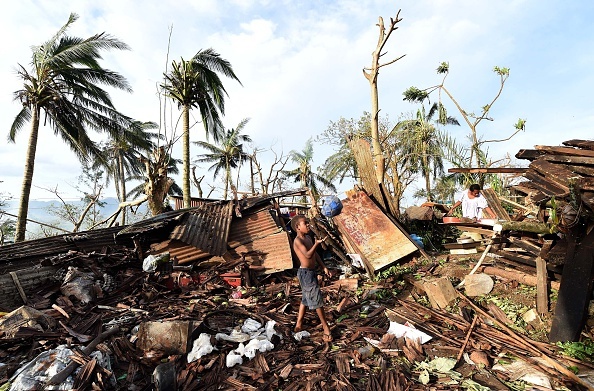
2008 Cyclone Nargis
Causing the worst natural disaster to ever hit Myanmar in their history, Cyclone Nargis pummeled the area from April 27 through May 3, 2008. Although forecasters tracked the cyclone, it didn’t behave the way typical cyclones do and decided to travel differently, sweeping into Myanmar unexpectedly. The death toll was estimated to be around 140 thousand, including many that went missing. Damage was estimated at about 10 million dollars, making it the most costly damaging cyclone to ever hit in the North Indian Ocean Basin.
(Photo by Dave Hunt-Pool/Getty Images)

1991 Bangladesh Cyclone
Among some of the deadliest tropical cyclones on record, The Bangladesh cyclone hit on April 29, 1991. Devastating South Asia, the cyclone claimed over 135 thousand lives and caused more than 1.5 million dollars in damage. This disaster had been dubbed as one of the worst of the twentieth century even though they had ample warning beforehand. Storm shelters had even been built, but the storm surge devastated the entire area, leaving behind 10 million homeless. As a result of this cyclone, Bangladesh improved both it’s warning systems and shelter systems.
(Photo by Allison Joyce/Getty Images)
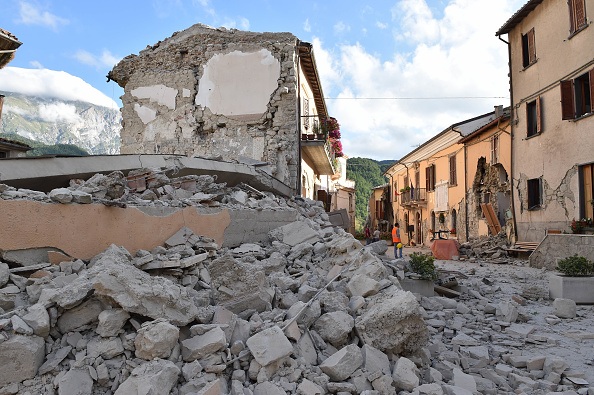
2008 Sichuan Earthquake
Occurring on May 12, 2008, this earthquake is also referred to as the Great Sichuan Earthquake or Wenchuan Earthquake. The quake was felt thousands of miles away, even causing buildings that far away to sway and tremor. It’s magnitude measured 8.0 and it’s aftershocks exceeded 6.0 at times. Even though about 70 thousand lost their lives and about a half million were injured, altogether, approximately 15 million were affected by this disaster. The quake left about 5 million homeless and churned up about 115 billion dollars in damage. As a result of this earthquake, many rivers became blocked, forming ”quake lakes”, further endangering millions of more people. Unfortunately, about thirty of these lakes still threaten danger today.
(Photo by Giuseppe Bellini/Getty Images)
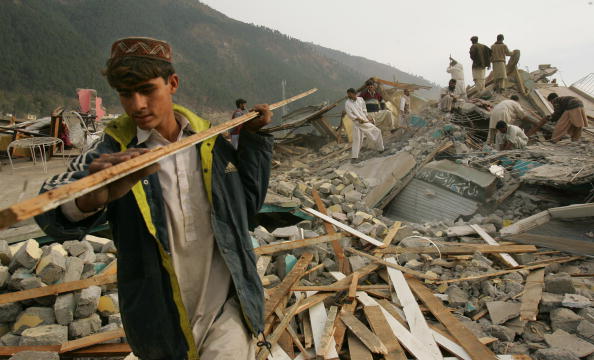
2005 Pakistan Earthquake
On October 8, 2005, The Pakistan Earthquake, also called the Kashmir Earthquake, rocked not only Pakistan, but also India and Afghanistan with a magnitude of 7.6. An estimated 86 thousand lost their lives, almost 70 thousand more were injured, and another 28 million lost their homes. With winter just around the corner, a second disaster was just waiting to happen. Those numbers could have easily increased with survivors now freezing, starving, and contracting diseases. Entire towns and villages were completely demolished. Fortunately, the government’s response was timely and quite extensive.
(Photo by Paula Bronstein/Getty Images)
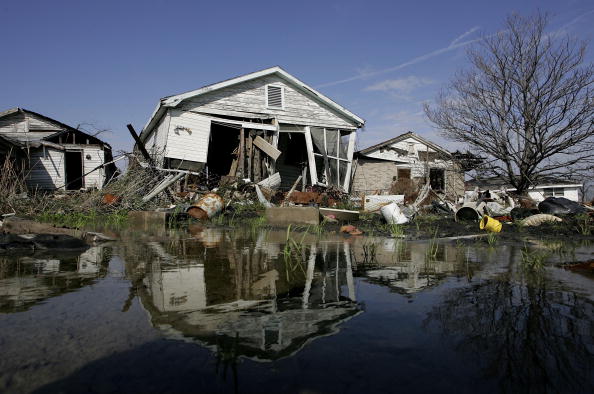
2005 Hurricane Katrina
One of the deadliest hurricanes in the history of the United States, Hurricane Katrina walloped the East Coast from August 23 until August 31, 2005. Racking up 108 million dollars in damage, it is also the most costly hurricane on record. It’s estimated that about 18 thousand died, but millions were left homeless all along the East Coast, many of whom had ignored warnings to evacuate. The aftermath was just as catastrophic, massive flooding forced hundreds of thousands of residents of Louisiana, Mississippi, and Alabama to leave their homes. Most feel that the government failed to come to the aid of those affected by the devastation of Hurricane Katrina; many were left stranded, desperate, and starving. In all, some 90 thousand square miles were ravaged, some still being rebuilt and some not.
(Photo by Justin Sullivan/Getty Images)
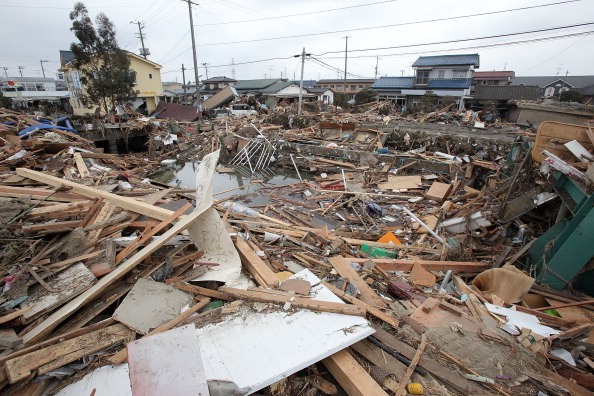
2011 Tohuku Earthquake and Tsunami
This devastating earthquake with a magnitude of 9.0-9.1, struck off the coast of Japan on March 11, 2011, causing a subsequent tsunami. Japan is still trying to recover from the havoc wreaked by this double disaster. Estimated death toll is about 16 thousand and about 250 thousand were left homeless and displaced. The damages from both of these disasters combined for a total of 300 billion dollars. The most devastating damages were wrought upon a nuclear power plant which suffered a level 7 meltdown after the tsunami and leaked radioactive water into the ground. Residents are still working to recover from these disasters and some effects may be irreversible.
Mother Nature can be a very formidable foe, striking without warning. There are many types of natural disasters and preparation can be made for some of them, but not all. It seems that nature is becoming more and more violent. Suppose earth is trying to get rid of a few of us? Let’s hope not! As epidemics wasn’t included in this particular natural disaster report, here’s a reminder that in 1918, Spanish influenza (otherwise known as the Spanish flu) raged through Europe from 1348 to 1351 taking somewhere between 75 and 200 million lives. Be glad we’re not still in the dark ages and hope that Mother Nature doesn’t decide to make a deadly disease.

Comments
Loading…